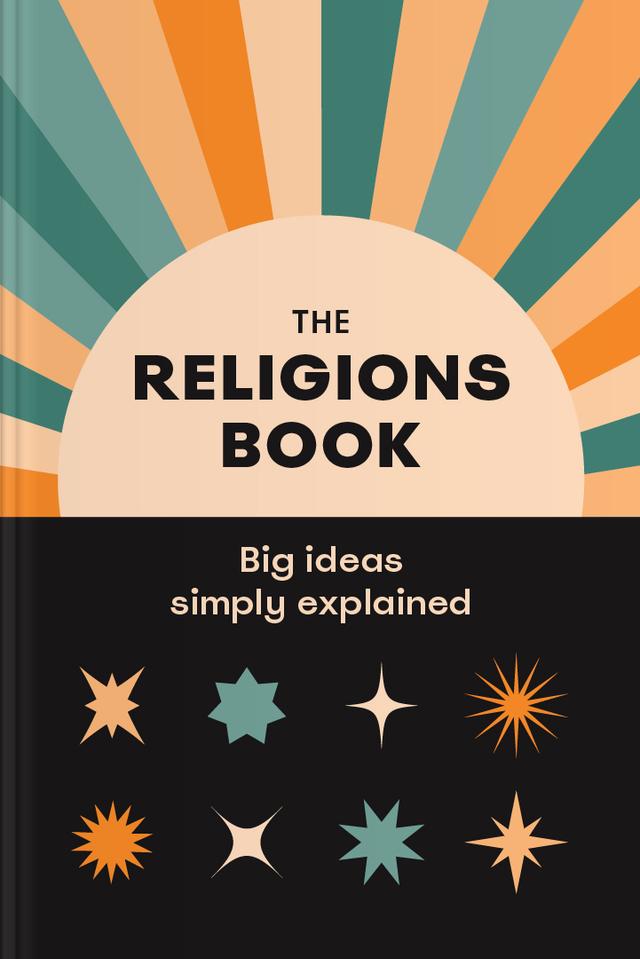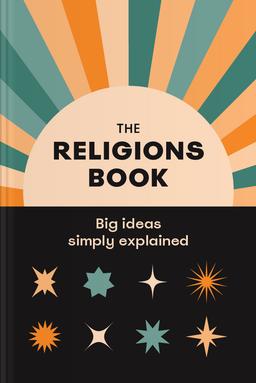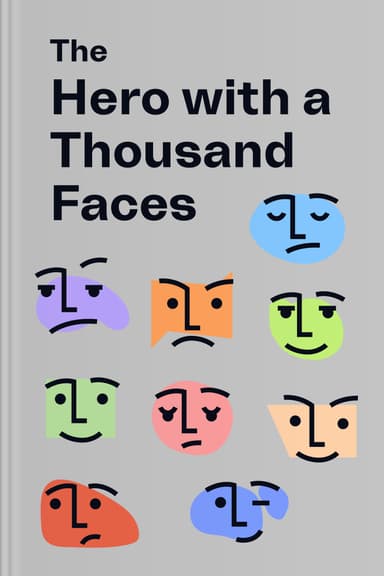
first KEY POINT
The religions of the modern world continued to evolve with advances in society, and often by dividing into branches
There is no simple definition for the concept of religion that fully articulates all its dimensions. Encompassing spiritual, personal, and social elements, this phenomenon is ubiquitous, appearing in every culture from prehistory to the modern-day — as evidenced in the cave paintings and elaborate burial customs of our distant ancestors and the continuing quest for a spiritual goal to life.For Palaeolithic people and indeed for much of human history religion provided a way of understanding and influencing powerful natural phenomena. Weather and the seasons, creation, life, death and the afterlife, and the structure of the cosmos were all subject to religious explanations that invoked controlling gods, or a realm outside the visible inhabited by deities and mythical creatures.Religion provided a means to communicate with these gods, through ritual and prayer, and these practices — when shared by members of a community — helped to cement social groups, enforce hierarchies, and provide a deep sense of collective identity.
Religion met many of the needs of early people and provided templates by which they could organize their lives — through rites, rituals, and taboos. It also gave them a means by which they could visualize their place in the cosmos. Could religion therefore be explained as a purely social artifact? Many would argue that it is much more.Over the centuries, people have defied opposition to their faiths, suffering persecution or death to defend their right to worship their God or gods. And even today, when the world is arguably more materialistic than ever before, more than three quarters of its population consider themselves to hold some form of religious belief.Religion would seem to be a necessary part of human existence, as important to life as the ability to use language. Whether it is a matter of intense personal experience — an inner awareness of the divine — or a way of finding significance and meaning, and providing a starting point for all of life’s endeavors, it appears to be fundamental at a personal as well as a social level.
Faced with the negative aspects of religious belief and equipped with the tools of humanist philosophy and science, a number of thinkers have questioned the very validity of religion. There were, they argued, logical and consistent cosmologies based on reason rather than faith — in effect, religions had become irrelevant in the modern world.New philosophies, such as Marxism-Leninism considered religions to be a negative force on human development, and as a result there arose communist states that were explicitly atheistic and antireligious.Responding to societal change and scientific advances, some of the older religions have adapted or divided into several branches. Others have steadfastly rejected what they see as a heretical progress in an increasingly rational, materialistic, and godless world; fundamentalist movements in Christianity, Islam, and Judaism have gained many followers who reject the liberal values of the modern world.At the same time, many people recognize a lack of spirituality in modern society, and have turned to charismatic denominations of the major religions, or to the many new religious movements that have appeared in the past 200 years.Others, influenced by the New Age movement of the late 20thcentury, have rediscovered ancient beliefs, or sought the exoticism of traditional religions with no connection to the modern world.Nevertheless, the major religions of the world continue to grow and even today very few countries in the world can be seen as truly secular societies.
second KEY POINT
Elements of the natural environment were given supernatural significance or personified as spirits
The question of why human beings first developed the idea of a world beyond the visible one in which we live is complex. Motivated by an urge to make sense of the world around them — particularly the dangers and misfortunes they faced, and how the necessities of life were provided — people in early societies sought explanations in a realm that was invisible to them, but had an influence over their lives.The idea of a spirit world is also associated with notions of sleep and death, and the interface between these and consciousness, which can be likened to the natural phenomenon of night and day.In this twilight zone between sleep and waking, life and death, light and dark, lie the dreams, hallucinations, and states of altered consciousness that suggest that the visible, tangible world is not the only one, and that another, supernatural world also exists — and has a connection with our own.

Continue reading with Headway app
Continue readingFull summary is waiting for you in the app
first KEY POINT
Special people can visit other worlds: The power of the shaman
second KEY POINT
Why are we here? And why do we die?
third KEY POINT
We should be good and live in harmony
fourth KEY POINT
We exist to serve the gods
fifth KEY POINT
Judaism is a religion, not a nationality
sixth KEY POINT
All religions are equal
seventh KEY POINT
The end of the world is nigh
eighth KEY POINT
The lion of Judah has arisen
ninth KEY POINT











